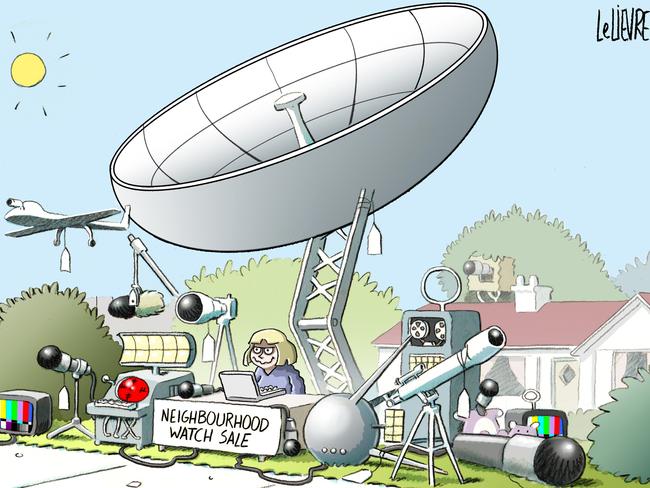Census and sensibility

Long after the headlines have had their day with the census and analysts have rejigged forecasts on the strength of them, I’ll still be dipping into QuickStats and regaling friends with my findings or quirky facts.
Did you know there are more non-believers than religious believers in your area? I’ll say to a friend over coffee. And if she quickly crosses herself, I might add there are more people with asthma than there are Anglicans in your suburb.
To a friend in a wealthy suburb, I might say why do young people flee your area? They grow up there and once they finish school, they’re out of there. Is your area too expensive or do all those bankers make it boring?
Have you noticed a lot of toddlers in your suburb lately? I’ll say to a family friend. And they’ll say, yes, what’s that about? Well, lots of young families have moved in, possibly because a lot of townhouses have been built recently but many of them have three or more cars so Saturday traffic in your area will be getting worse.
If friends or family are moving home, I’ll jump on to the ABS site and check the location. Don’t move there, I’ll say, because on census night three-quarters of the homes were empty so it’s really a holiday destination and hardly anyone works full-time so you might have trouble finding tradies. By the way, eight Jehovah’s Witnesses live there.
If someone raises concerns about a touchy subject like immigration, I can dig around the data cubes and declare, did you know that one of the highest migrant areas also has better educated people, more people in full-time work and they’re much more likely to have families.
Obviously census data has traditionally been used by governments and business to plot future roads, schools, store locations and, indeed, bank branch closures but a wily reader of the data can also use it to predict where customers might be, where to make like-minded friends and, indeed, when it’s time to move on.
Ms Data can get boring, especially in the aftermath of a census release, and she is sometimes asked why she’s so interested in this stuff. That is harder to explain.
Well, I’ll say, all these bits of information tell a story and the more bits of information you can find about people, the richer that story becomes. It’s akin to sitting the whole country down for a chat and asking them to tell us all about them – their kids, their age, how hard they work, what they earn, where they go to church, where they come from and what ails them.
Sometimes, the data story confirms what we see on the streets outside our home but, often, they surprise us. I didn’t know I lived in a suburb where there are so many single women and I didn’t realise that so few tradies lived near me, although their bills suggest it.
Perhaps the greatest part of the census deconstruction – or regression as an economist might say – is that the information is provided by almost every Australian for the benefit of Australians. It’s ours to view and bore friends with. As a former prime minister might say, data doesn’t explain everything, nor does it explain nothing.
Macken.deirdre@gmail.com



Mark Zuckerberg may think we live in a metaverse but I think we live in a dataverse. We are all data points now and most of this data is used on us, not used by us. But there is one day when non-paying data nerds get to play in data sets – the day census figures are released.